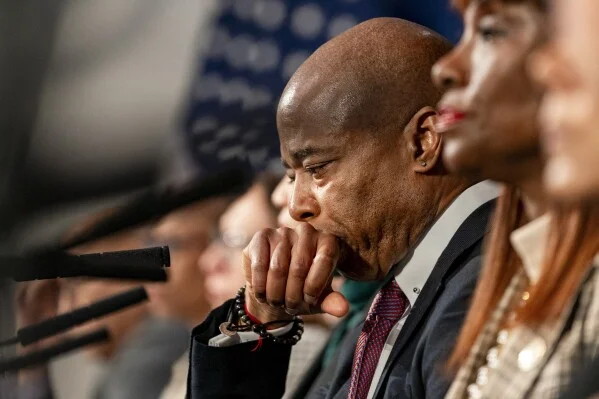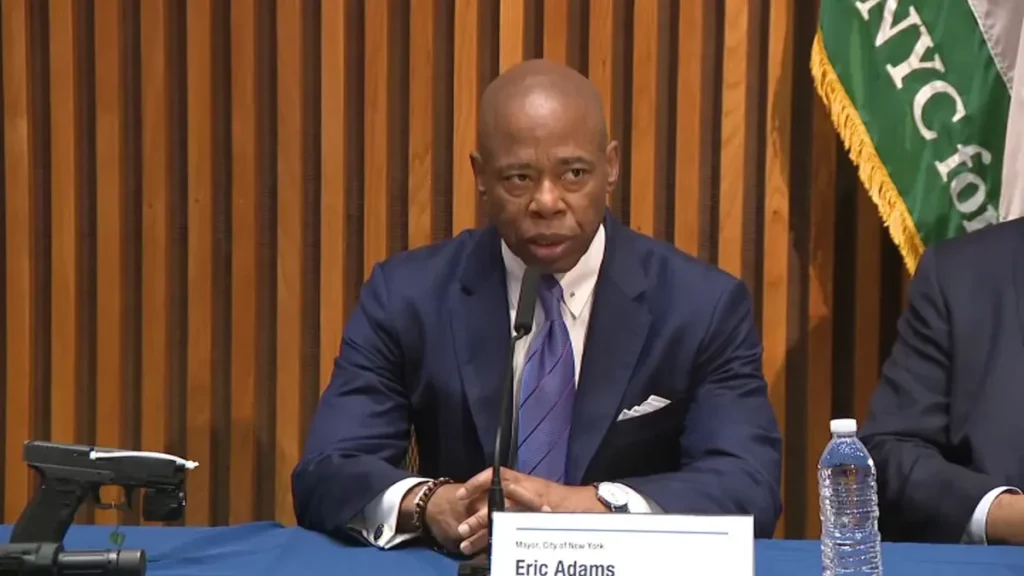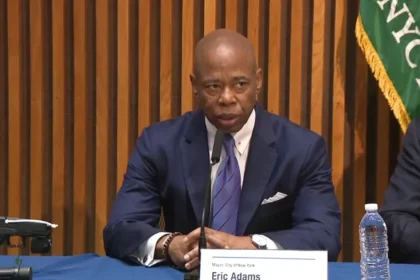In recent weeks, New York City has faced significant challenges, prompting the NYC mayor to issue an emergency order. This move is aimed at addressing pressing issues affecting public safety, health, and infrastructure. Let’s break down what this order means for residents and the city as a whole.
Understanding the Emergency Order
When the NYC mayor issues emergency order, it signifies a response to urgent circumstances. These can range from public health crises to severe weather events. In this case, the order is a tool for mobilizing resources quickly. It allows for:
- Rapid deployment of city resources: The mayor can redirect funding and personnel to where they are most needed.
- Flexibility in regulations: Certain laws can be relaxed to expedite solutions.
- Collaboration with agencies: The city can coordinate with local and federal agencies more efficiently.
The importance of this order cannot be overstated. It represents a commitment to ensuring the safety and well-being of New Yorkers.

Stats That Matter
The urgency of the situation is backed by statistics. For instance, recent reports show an increase in emergency calls by 15% over the past month. This uptick signals growing concern among residents.
Moreover, public health data reveals that emergency room visits related to mental health have surged by 20%. This highlights the need for immediate action, underscoring why the NYC mayor issues emergency order.
What the Order Means for New Yorkers
So, what does this mean for everyday New Yorkers? Here’s a snapshot:
- Increased emergency services: Residents can expect faster response times from first responders.
- More community support: Local organizations may receive funding to assist those in need.
- Public health initiatives: Programs aimed at mental health and substance abuse will receive priority.
Imagine you’re at a busy subway station. Suddenly, an emergency arises. The response time matters. Quick action can save lives. This is exactly why the NYC mayor issues an emergency order—to ensure help is on the way when it’s needed most.

The Role of Community
Community engagement plays a vital role during emergencies. The city encourages residents to report issues and stay informed. After all, you can’t fix what you don’t know about.
By fostering communication, the city can better understand the needs of its citizens. This partnership is crucial for effective crisis management.
Impacts on Local Economy
While public safety is the primary concern, the economic implications of the emergency order also deserve attention. Businesses may face temporary disruptions, but the long-term goal is to stabilize the community.
- Increased funding for local initiatives: This could lead to job creation in sectors like healthcare and emergency services.
- Support for small businesses: Assistance programs may help businesses recover from any downturns caused by the emergency.
Think of it like this: A healthy city is a thriving city. By addressing emergencies swiftly, the mayor aims to keep the economic wheels turning.
Public Reaction
Public response to the emergency order has been mixed. Many residents appreciate the proactive approach. However, some express concerns about government overreach. It’s a balancing act.

Surveys indicate that 75% of New Yorkers support the mayor’s decision to act quickly in times of crisis. They feel safer knowing that there’s a plan in place.
Conclusion
In summary, when the NYC mayor issues emergency order, it’s about more than just a statement. It’s a call to action. This order aims to protect residents, support local economies, and ensure public safety during crises.
The question remains: How can we as a community better support each other in times of need?




